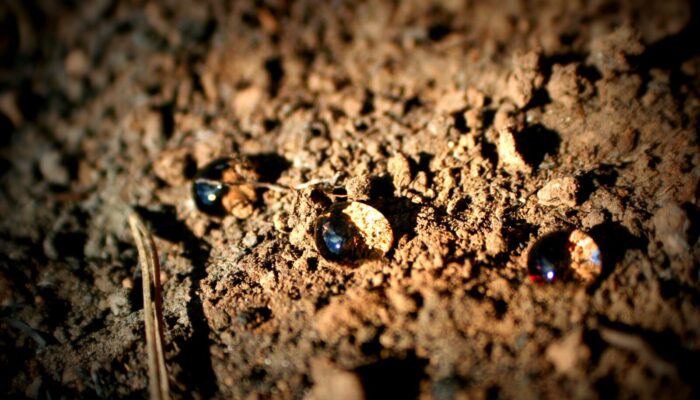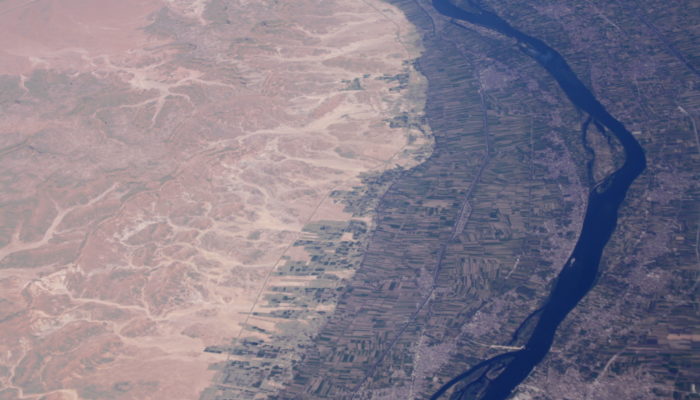Next time you’re outdoors, in a park or anywhere where there is no pavement, look down at the patch of earth beneath your feet. To many people, it’s just mud, dirt, or maybe soil, something passive that things grow in. But to a soil scientist, that handful of soil represents a dynamic ecosystem that supports an incredible 95% of all the food we eat, filters every drop of our drinking water, ...[Read More]
Meet the Amazighs: Morocco’s indigenous women and their pivotal role in leading climate resilience initiatives
The International Day of the World’s Indigenous Peoples, observed each year on August 9, seeks to raise awareness and protect the rights of indigenous communities around the globe. To honour this, I have invited a few guest authors to write a series of blog posts that celebrate indigenous knowledge and highlight the intersection of natural hazards and climate issues, and resilience, across v ...[Read More]
GeoTalk: meet Kara Müller, researcher of biodegradable plastic!
Hello Kara. Thank you for joining this edition of GeoTalk! Could you tell our readers a little bit about yourself and your background? Thank you, Simon. I am excited to join you for the interview. I grew up in the middle of Germany in Bad Homburg, close to Frankfurt. After school, I travelled through Australia with occasional jobs, and after one year, I decided to return to Germany to study chemis ...[Read More]
How Ancient Egyptian Decline Synced With Hydrological Change….And How They Survived
Cairo’s survival was, is, and will be dependent on the flow of the Nile. Since the city was founded in 10th century CE the Nile’s scouring waters have left behind untouched ground onto which the city has spilled and grown. Modern Cairo’s youngest districts are closest to the Nile, founded on earth which was underwater centuries before. It is the river’s changing nature that made the Nile Val ...[Read More]




